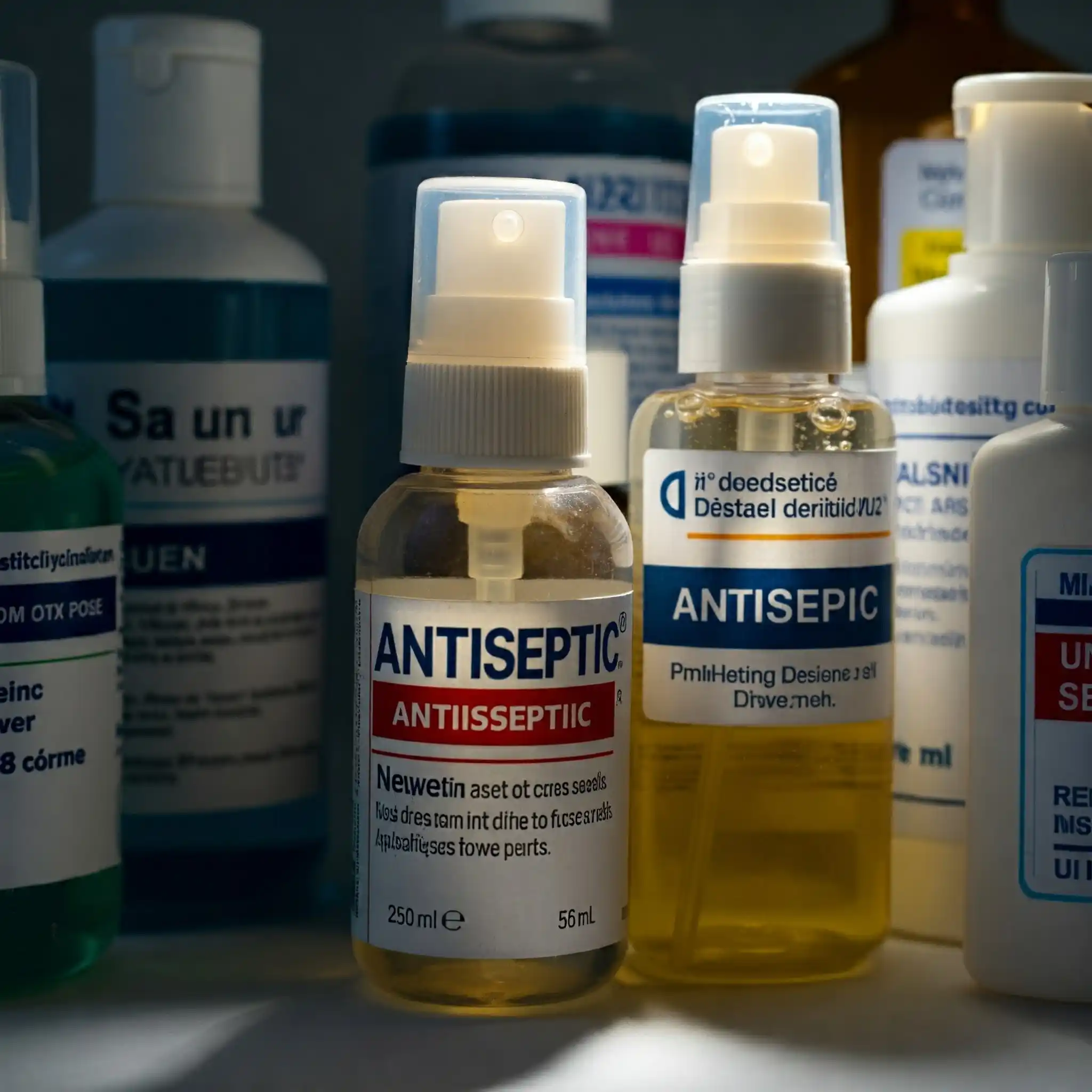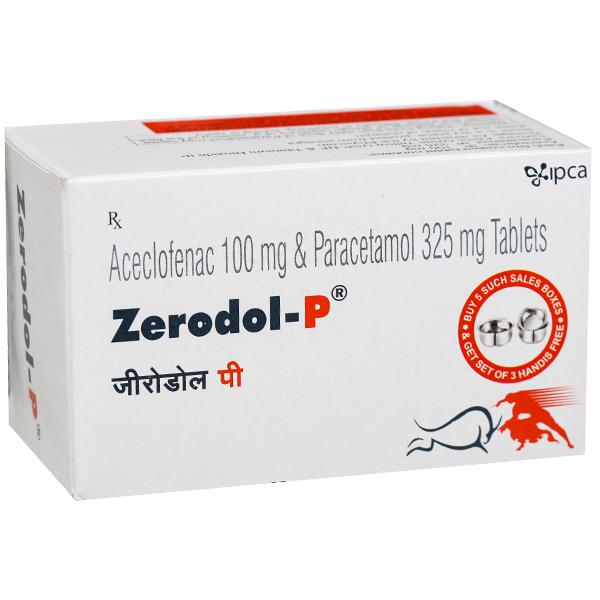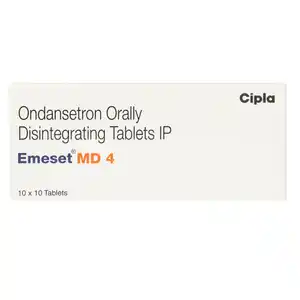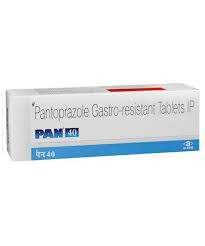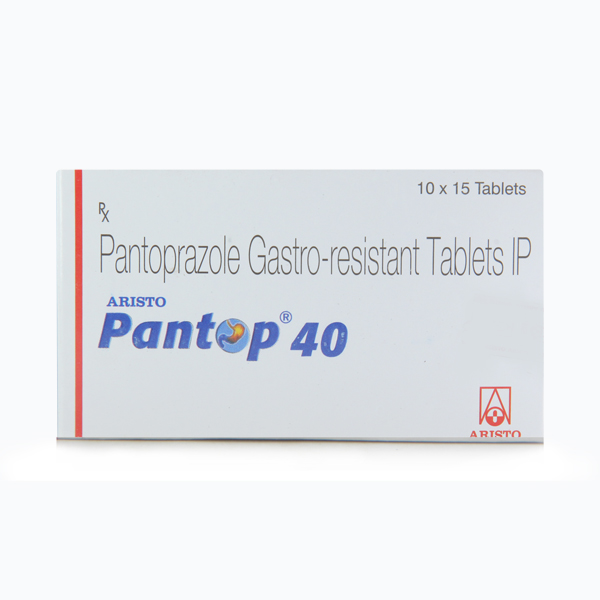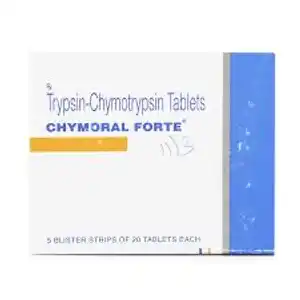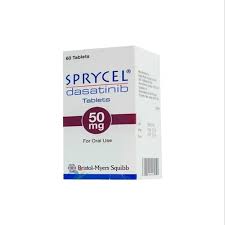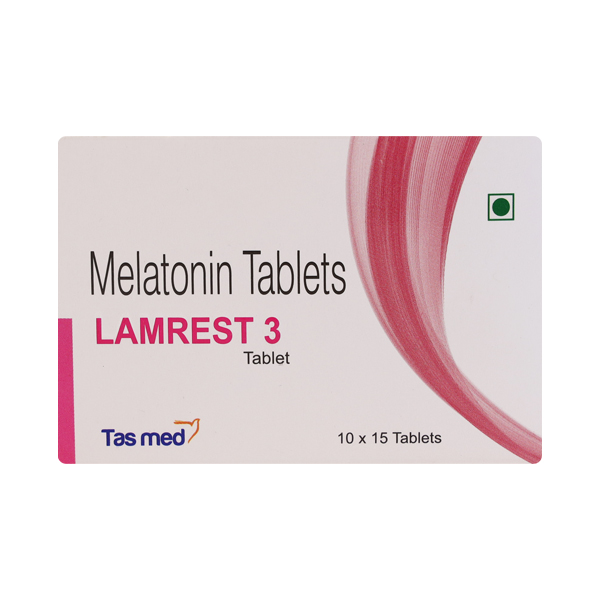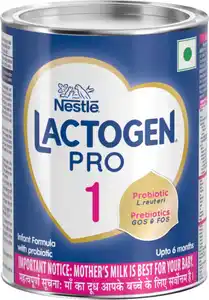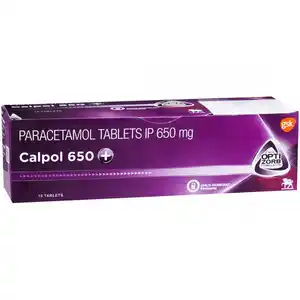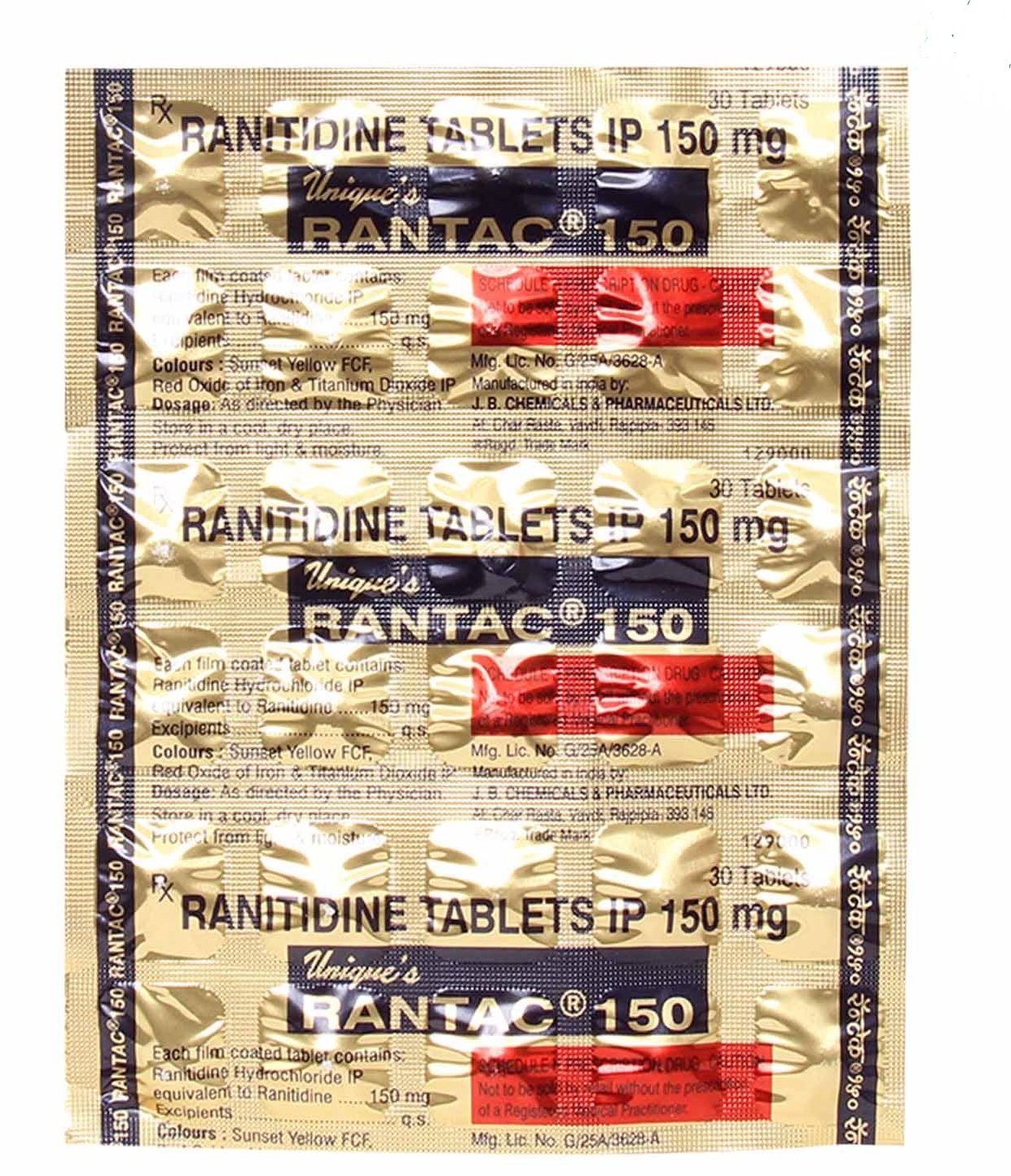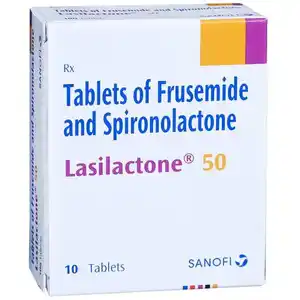In this blog
What Are Antiseptics?
It is easy to find a tube of antiseptic in the medicine cabinet of every household. People use them often to treat cuts, minor burns, and skin infections at home. Although antiseptics are useful, you must know how to use them correctly and with caution. In this write-up, we are going to cover details related to antiseptics so you have the knowledge to use them safely and effectively.
What Are Antiseptics?
Antiseptics are chemical substances that are frequently used in clinics, hospitals, and households to reduce or stop the growth of microorganisms such as bacteria and fungi. These are applied on wounds or directly to the skin.
Doctors use antiseptics before performing a surgical procedure to reduce the risk of infection. Over-the-counter antiseptics are also available to treat minor wounds and infections at home.
Are Antiseptics and Disinfectants Any Different?
Yes, antiseptics and disinfectants are two different things, although many people use the words interchangeably.
Antiseptics are chemicals used to stop or reduce the growth of microorganisms in a particular area of the skin or mucous membrane. On the other hand, disinfectants are used to reduce the microbial load on a non-living object.
So basically, antiseptics are used on the body, whereas disinfectants are used on non-living objects and surfaces.
Sometimes, the reason for this confusion arises because of the fact that antiseptics and disinfectants can have the same chemical ingredients. However, these ingredients differ in strength and quantity. Antiseptics have lower concentrations of chemicals, so they are safe for human use, whereas disinfectants have higher concentrations of microbe-killing chemicals, so they can clean surfaces effectively.
Different Types of Antiseptics
Antiseptics are classified into different types based on their chemical structure. Given below are some common types along with a few antiseptic examples:
1. Chlorhexidine and other diguanides
- Used for: Treating wounds, bladder irrigation, and skin disinfection before surgery
- Examples – Chlorhexidine gluconate
2. Quaternary ammonium compounds
- Used for: Skin disinfection
- Examples: Benzalkonium chloride, Dofanium chloride
3. Antibacterial dyes
- Used for: Wounds and burns treatment
- Examples: Crystal violet, Brilliant green
4. Iodine compounds
- Used for: Wound treatment and skin disinfection
- Examples: Povidone iodine
5. Peroxides and permanganates
- Used for: Open wounds and in mouthwashes
- Examples: Hydrogen peroxide, Potassium permanganate solution
What Are Antiseptics Used For?
Antiseptics are very useful in keeping a check on microbial growth on skin and mucous membranes. They are used in the following situations:
- To treat cuts, wounds, and skin infections.
- To treat mouth and throat infections like sore throat.
- To clean a specific area on the skin before a surgical procedure.
- To clean mucous membranes of the vagina or urethra before a procedure or inserting a catheter
- To clean hands before surgery. Healthcare professionals always use an antiseptic hand rub to prevent the spread of germs and minimize the risk of infection.
Is it Safe to Use Antiseptics?
Improper use of antiseptics can be risky. If you are using an over-the-counter topical antiseptic to treat a slight cut, a minor burn, or a mild infection, it is okay to use it for not more than seven days. If the problem persists, stop using the antiseptic and see a doctor.
Some antiseptics, especially those with strong chemicals, can cause burns or severe skin irritation when used without dilution. Therefore, do not use antiseptics that aren’t available as OTC products and use only when suggested by your doctor. Read the label carefully and use exactly as directed.
Side Effects Associated with Antiseptics
Antiseptics may seem like a common household medication; however, these can also result in side effects. For some individuals, the effects may be none or mild, while others may have serious side effects. Be watchful for the following side effects when using an antiseptic and call your doctor if you notice:
- Skin irritation
- Redness
- Swelling
- Stinging or mild burning
- Discolouration of teeth (in case of antiseptics used for mouth and throat infections)
In case you develop an allergic reaction after using an antiseptic or you notice someone having an allergic reaction—such as rash, hives, trouble breathing, peeling skin, etc.—visit the doctor immediately.
Precautions to Be Taken When Using Antiseptics
1. Check the product label. Read instructions carefully and follow them accurately.
2. Never ingest antiseptics through your mouth.
3. Perform a patch test to check if you are allergic to the antiseptic.
4. Use antiseptic only on clean, dirt-free skin.
5. Do not overuse the antiseptic and limit using OTC antiseptics for only seven days.
6. Do not use antiseptics for eye infections, large burns and wounds, or animal bites. See your doctor instead.
Final Word
Antiseptics are commonly used to curb the growth of microorganisms on wounds and skin. They are very effective in killing and controlling the spread of bacteria, viruses, and fungi that often lead to infections.
While most of us use antiseptics at home for minor injuries and skin infections, one must use them diligently. OTC antiseptics are not meant for long-term use and must be used no longer than seven days. If your injury or wound doesn’t heal in a week’s time, go see your doctor for proper evaluation and treatment.
Want to buy affordable medications and healthcare products that don’t cost a fortune? Check out our Dawaa Dost website, where we make affordable medicines and healthcare information accessible to all!
Sources:
https://www.medicalnewstoday.com/articles/antiseptic#summary
https://www.healthline.com/health/what-is-antiseptic
https://dermnetnz.org/topics/antiseptic

